
OR
Stakeholders stress effective mechanism to augment Nepal's access to int'l climate finance
Published On: March 31, 2024 09:00 AM NPT By: Republica | @RepublicaNepal

KATHMANDU, March 31: Stakeholders have called for augmenting human resources, their capacity and mandate, and establishing a dedicated mechanism to address climate finance issues.
They argued that there are over 1,300 climate funds globally, but Nepal does not have access to them in full capacity, thanks to the lack of skilled human resources.
There are limited national accredited agencies (only three agencies; AEPC, NTNC and NIMB) to access international climate funding from the Global Environmental Facility (GEF), which has made it difficult for Nepal to draw global climate finance, said governance and policy expert Dr Raju Thapa. GEF is a multinational UNFCCC (the United Nations Framework Convention on Climate Change) financial mechanism designed to fund initiatives tackling worldwide environmental concerns, including climate change.
He was speaking at a recent event organised here to publish a report on the Status of Climate Finance in Nepal, 2024 prepared by the Environment and Engineering Research Center (EERC), a consulting and research institute based in Nepal.
In the context, when Nepal bears the brunt of climate change due to excessive environmental degradation by the developed countries in particular, and the excesses are increasing over the years, there is a need to find ways to attract climate finance globally, he added.
Dr Thapa pointed out many other challenges Nepal is facing when it comes to climate finance, some of them being lack of private sectors' involvement in climate change, policy uncertainties and inconsistencies related to mobilizing climate finance, and challenges in ensuring equitable distribution of climate funds with only a fraction reaching vulnerable at the local level.
Other challenges include absence of a centralized platform for managing and sharing climate finance-related data, very low climate funding spending rate, inadequate coordination across sectors and among governments at different levels, and limited awareness and understanding of climate finance mechanisms among stakeholders, particularly at the grassroots.
Similarly, Program Director at the National Planning Commission, Hari Narayan Belbase, said dedication is missing on the part of government employees in carrying out climate-related activities. He offered a suggestion of opening a unit under the Office of the Prime Minister, which can effectively coordinate and mobilise resources on climate finance.
Under secretary at the National Disaster Risk Reduction and Management Authority, Prakash Adhikari, viewed disasters caused by climate change must be taken seriously. He also suggested shedding light on disaster insurance.
Meanwhile, according to a report, Nepal received climate finance worth $13,454 million in a decade (from 2013 to 2022) with bilateral finance worth $6,038 million and $7,416 worth of multilateral finance. The figure under multilateral finance has increased from $383.5 million in 2015 to $699.04 million in 2022 with a peak of $1314.94 million in 2020.
Similarly, Nepal received a total of 1747 projects related to climate finance in a decade (from 2012 to 2021). The figure has also steadily surged from 89 in 2012 to 400 in 2021.
Analyzing the statistics in a decade (from 2015/16 to 2023/24), the Federal Government of Nepal allocated a high percentage of the climate budget for climate-neutral activities, 81 percent in 2015/16 to about 65 percent in the current fiscal year. Similarly, climate relevant budget has increased to around 30 percent in the current FY from nearly 14 percent in 2015/16. However, the highly climate relevant budget has remained hardly six percent throughout the entire decade.
Highly relevant budget focuses on only climate finance while relevant budget refers to the subject more or less related to climate finance. Climate neutral budget is indirectly related to climate finance.
By provinces, four provinces--Sudurpaschim, Bagmati, Lumbini and Koshi--were selected for the study. Of the provinces, Sudurpaschim fared well in terms of allocating a highly climate relevant budget with an increase of 43.43 percent budget allocation in 2019/20 to 45.11 percent in the current FY. Similarly, Bagmati is on a downturn from 9.16 percent to 7.49 during the same period. When it comes to Lumbini Province, it is on an upturn from 6.02 percent to 14.11 percent. The statistics with Koshi Province shows a negligible increase from 14.32 percent to 14.33 percent.
For dealing with climate change and finance, Nepal needs around USD 20 billion from 2023-2025 and about USD 30 billion from 2026-2030, according to the report. Nepal's initiatives towards climate change management started since 1992 by signing the UNFCCC.
You May Like This

Stakeholders rue lack of communication facilities in trekking areas
POKHARA, Oct 16: A tragic incident in Gurja Himal of Myagdi district on Thursday claimed nine lives -- five South Koreans... Read More...

Target of 1.5 million foreign tourists by 2020 is gettable: Stakeholders
KATHMANDU, March 22: Newly-appointed Minister for Culture, Tourism and Civil Aviation, Rabindra Adhikari, has set two key targets for his tenure... Read More...

Stakeholders call for advancing election as an agenda
KATHMANDU, Jan 31: The concerned stakeholders have called on the political parties with belief entrenched in democracy to forward election... Read More...

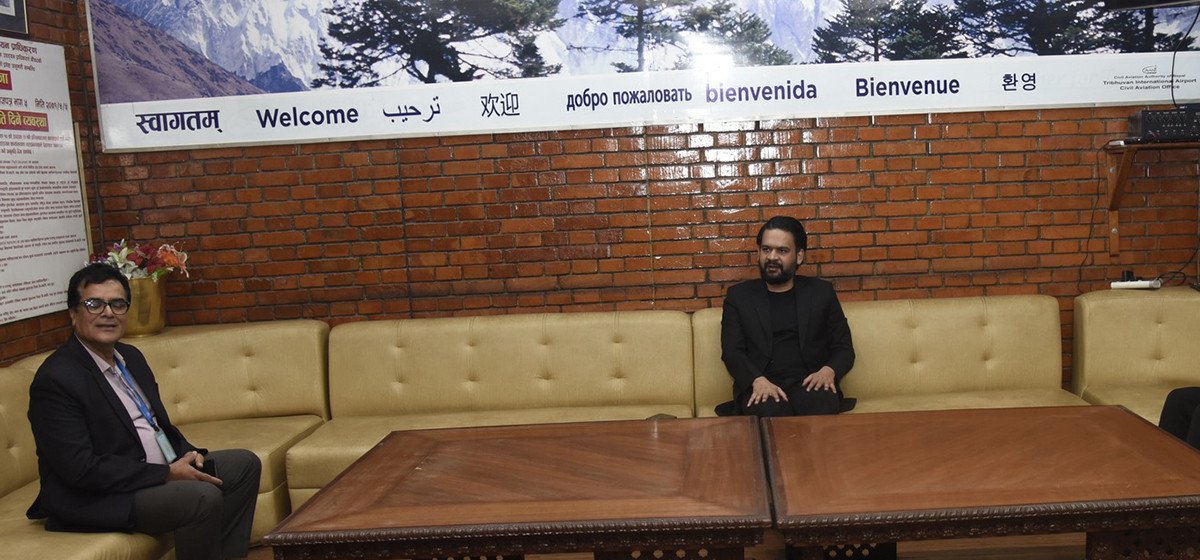
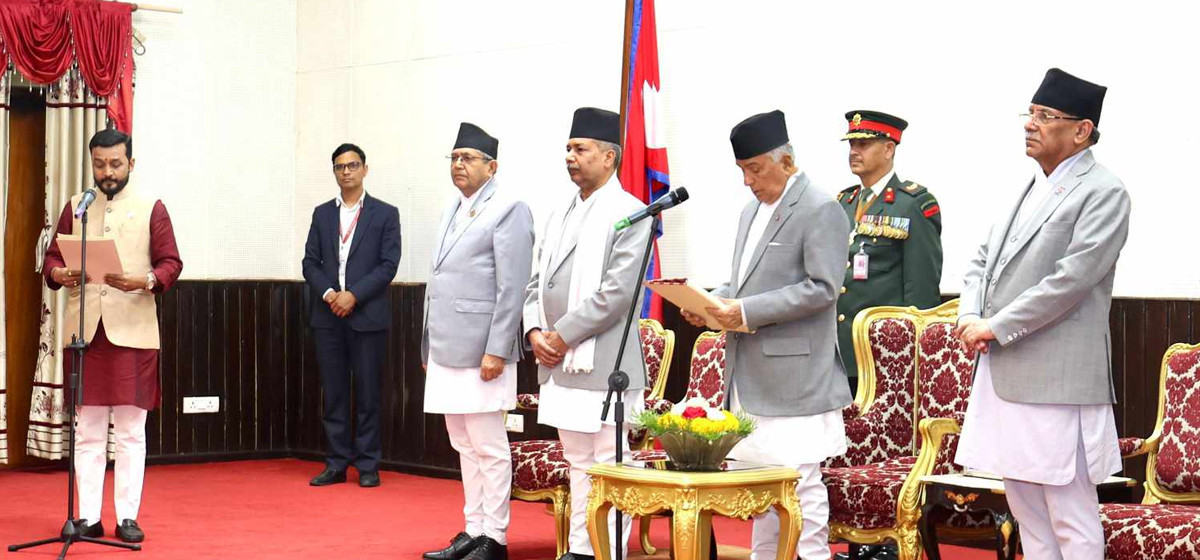
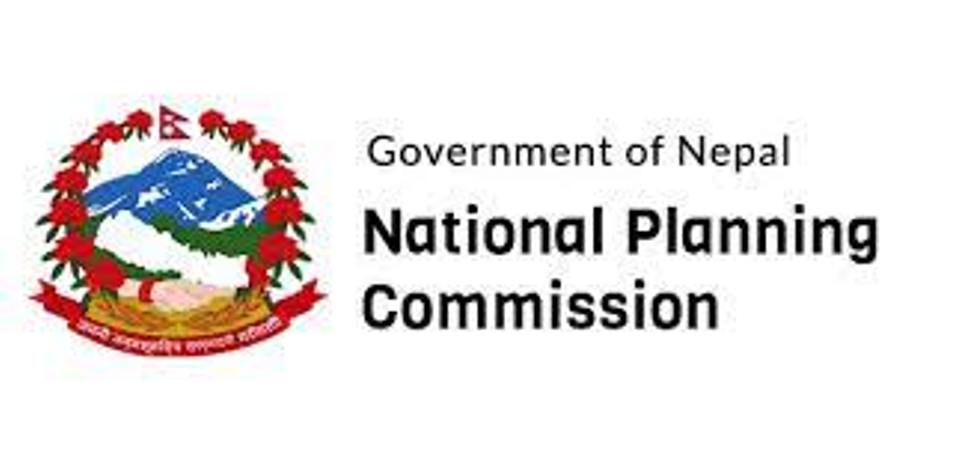
Just In
- KMC invites applications for environmental studies and experts in various fields
- Council of Ministers approves 16th Five Year Plan, aims to increase GDP to Rs 8.6 trillion after five years
- Two climbers from Mongolia go missing during Everest expedition
- Police fires bullets to subdue drug dealer in Morang
- Govt forms Republic Day Main Celebration Committee
- EU delegation in Nepal to organize EU-Nepal Business Forum 2024
- Govt proposes to scrap or postpone ‘unnecessary’ infrastructure projects
- Koshi Province lawmaker Nirmala Limbu joins Rai-led JSP








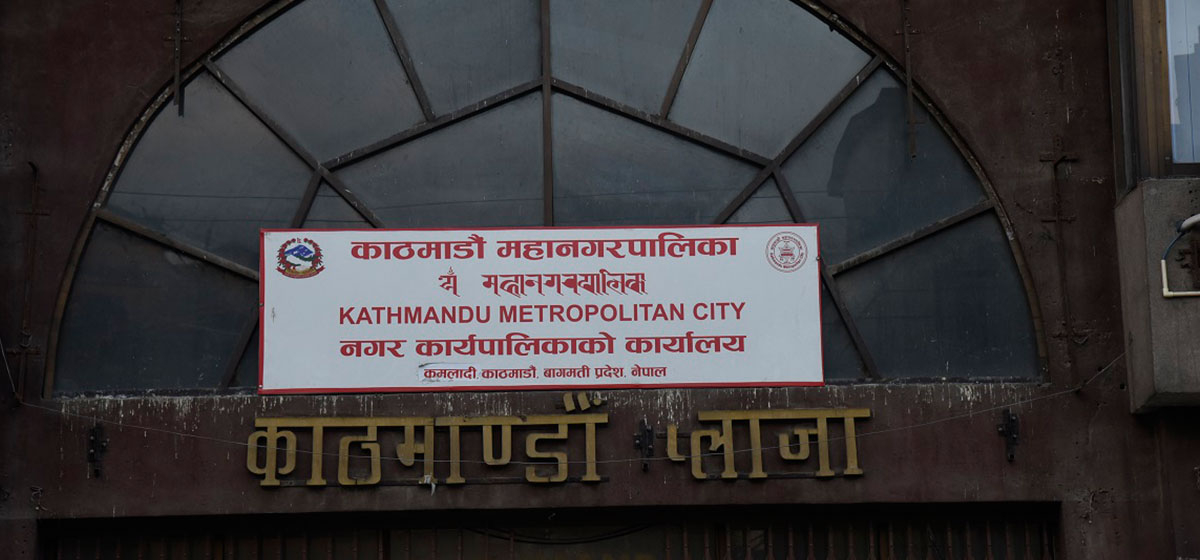


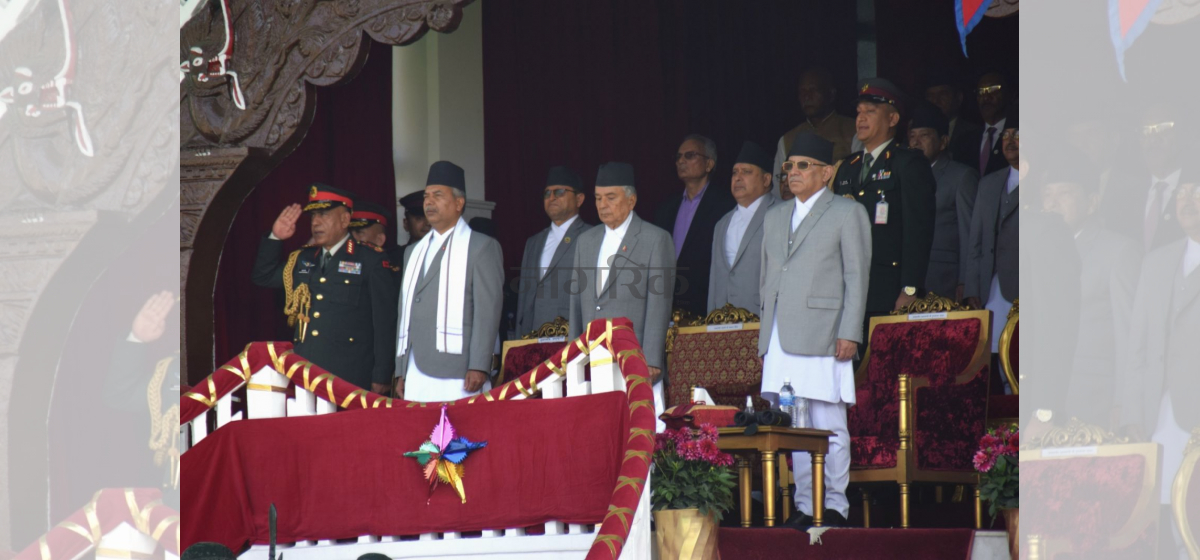

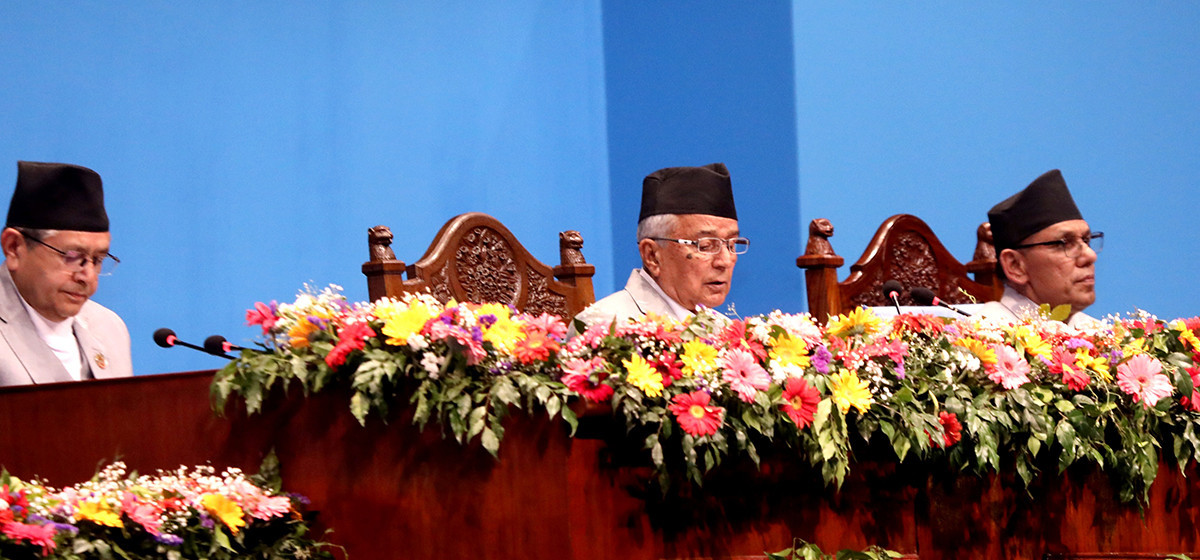
Leave A Comment